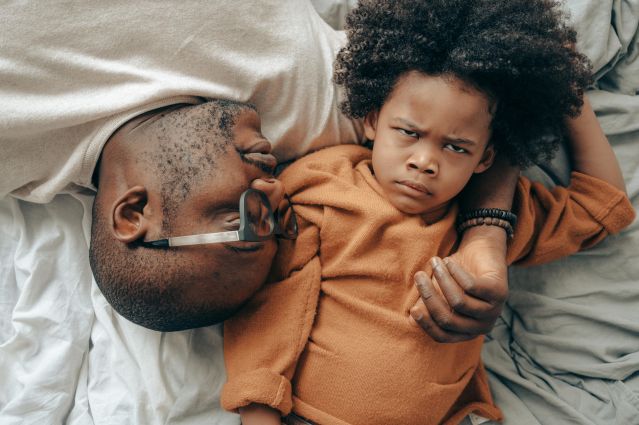Relationships
When Getting Help Isn't Helping
The difference between passive and active help.
Posted January 22, 2024 Reviewed by Monica Vilhauer
Key points
- There are subtle differences between passive and active help.
- The benefits of each depends on your understanding of your problem.
- If the kind of help you’re getting isn’t working, try changing the type of help you seek.

You’ve probably never put a name to it, but you know it to be true. There are different kinds of help you can get from the people around you. One is active help and another is passive help. Being confused and then figuring it out yourself is passive help. Being confused and letting someone else help you figure it out is active help.
Passive help is watching a YouTube video on how to fix a clogged sink. Active help is asking someone to come over and fix it. Passive help is attending a class and taking notes. Active help is attending the class and asking questions. Passive help is venting to your friend about how annoying your wife is. Active help is having a conversation about what she’s doing to make you mad, listening to your friend’s perspective, and seeing if you need to make a change.
You can feel the difference between those experiences. But don’t hear what I’m not saying; it’s not that one kind of help is better than the other. Sometimes it’s better to drive around looking at the signs rather than asking for directions because you don’t feel like talking to anyone or you are just enjoying the ride. And sometimes you’re short on time and it’s just better to pull over and ask for help. Different situations call for different solutions. But when you find yourself stuck with the same problem for a long time, you might want to switch out the kind of help you’re getting.
I’ve worked with some of my therapy clients for years and, using this definition, I’ve never actively helped them. What they get from our sessions is the passive support of someone who listens to them, shares their emotions, and keeps them company during hard times. This is more than enough help for some people, depending on their problems and their personality. But when my clients start to feel stuck or aren't making progress the way they want, that’s when we need to make a switch to something more active.
Active help is a messier process. Instead of one-way traffic, information becomes a two-way street. Each side has to give information, process it, give some new information back, and repeat. The processing part gets tricky. If you say you’re depressed and wish you had better friends, I might interpret that as wanting to make new friends. Then I offer ways to help you make new friends, but you resist. It may take a few back and forths to realize you meant that you’re depressed and wish you had better connections with your current friends. Now I can change my suggestions and we can solve this better together. You don’t always mean what you say and I don’t always know what you mean when you say it. But together we can figure it out.
Then there are times when my clients want to dive into active help but they aren’t ready to discuss the problem yet. They may lack the vocabulary to describe what they’re feeling or they have not spent enough time identifying exactly what they want to change. So even though they want to dive into active help they really need to slow down and examine this problem on their own before I can help them change.
You can see the pros and cons to both active and passive help. Sometimes it’s better to do it on your own and sometimes it helps to have help. Moving a couch or learning a new language are undeniably easier with help. But with other things, like building self-discipline or practicing a new skill, it’s hard to tell what kind of help is better. Experiment with what works best for you. If you’re stuck, you can ask for help or you can stop asking for help.
To find a therapist, visit the Psychology Today Therapy Directory.


